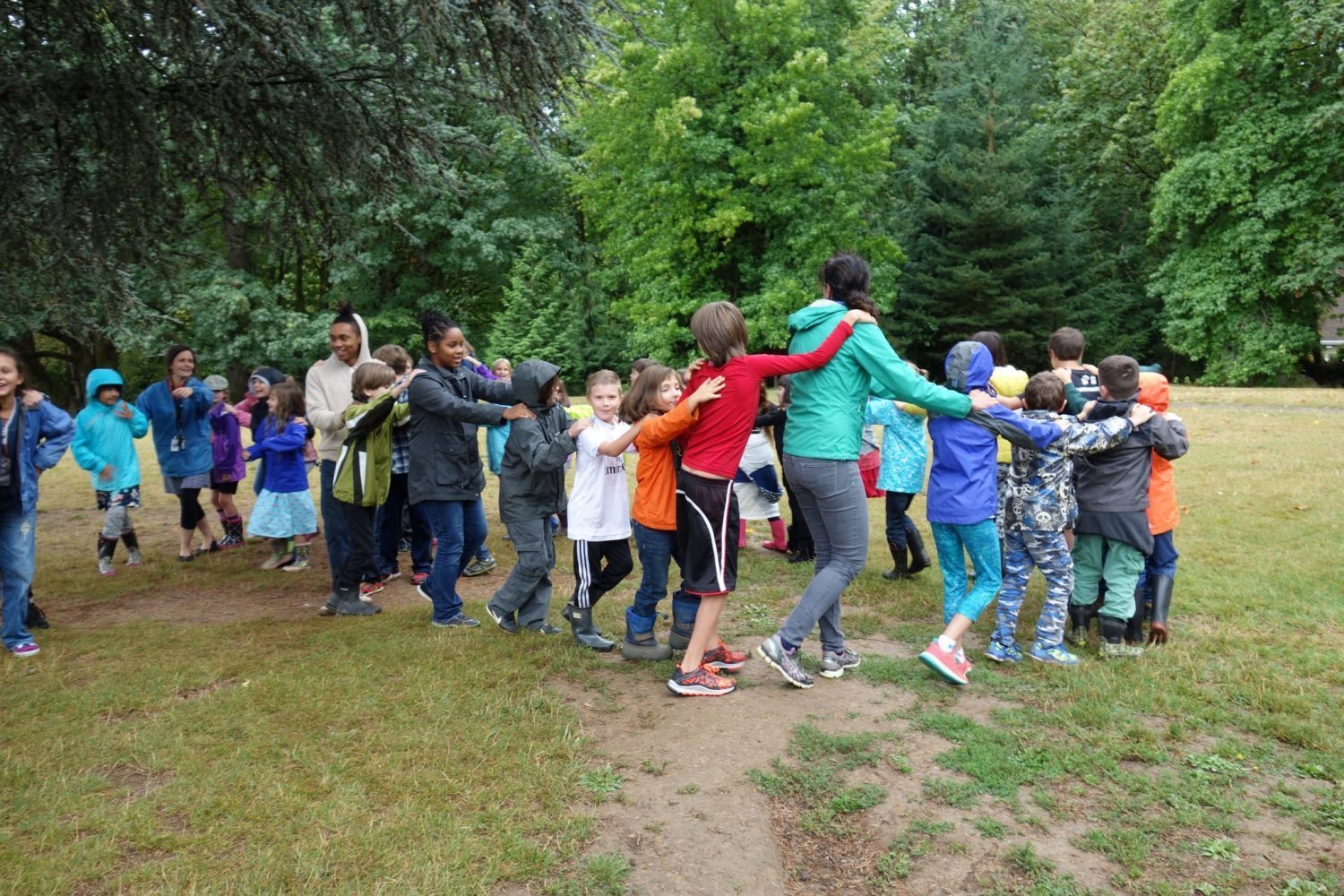Public Gardens

As a big fan of the work of both Alison Gopnik and Peter Gray, a post written recently by the latter about a new book, The Gardener and the Carpenter, by the former, got me thinking.
In summarizing some of Gopnik’s main points Gray writes:
We adults can help them best not by teaching, but by making sure that they have adequate social and physical environments and time and space in which to explore. The more that young children are integrated into the real world of other children and adults, the more they will learn about that world and discover their places in it.
Okay. Even though my idea of ‘teaching’ transcends the narrow definition of direct instruction that Gray seems to be using here, I’m with him in spirit to this point. But he continues:
Of course, if we take this approach and let children learn in their own natural ways, we are giving up the illusion that we can control what they learn and can shape them into being the particular kinds of persons that we might want them to be. We are, instead, trusting children to shape themselves.
And I object. I see a false choice here. It’s the same false choice that has sustained this argument over what young children should be doing with their time since anyone decided they cared. It’s an argument that is so stuck it is status quo. Not being able to think our way around it may very well be what sustains the status quo. As we explore the complicated relationships between play and learning and environment for learning, staying stuck in this either/or thinking has dangerous implications for the health of our communities. I don’t think that we have two choices: control or trust. More importantly, perhaps, I think that by perpetuating the idea that we have to choose, we also contribute to the system that perpetuates white privilege and white supremacy. Let me try and explain.
No person shapes herself in an isolated vacuum. At Opal School, we view learning as a reciprocal process that happens in relationship to others, to materials, to ideas, to environments. “Trusting” a child to shape herself is runs counter to this principle. If our goal is to improve and invigorate our democracy and to sustain our planet, social and physical environments for learning must include adults who are aware of the kinds of habits, dispositions and values that support sustainability and democracy and who are able to create experiences that strengthen the skills and strategies of agency and empathy. I have long advocated that there is no path to strong agency and empathy without opportunities to learn in environments full of choice — including ample time to play. But lots of choices and time to play will never be enough on their own. It’s more complicated than that. And environments for learning can offer more opportunity than that.
Most of all, children need adults to support them with skilled observations and the ability to facilitate reflection on the consequences of their choices. Children who are growing up in a democracy as our planet is warming need to be supported by skillful adults who recognize what resources, academic skills, arts, literature and technologies will support the particular children with whom they work every day to develop strong and healthy abilities as change-makers, innovators, and productive citizens.
White children won’t develop courage and willingness to dismantle their privilege if they never learn to identify it in the first place, or they aren’t expected, regularly, to practice the tools and skills associated with empathy. No child will learn how to exercise their right and ability to contribute to their community unless they exercise those rights and grow those abilities in the learning environments they inhabit. Children need adults to guide and to facilitate these experiences and to design these environments.
Gopnik’s metaphors of the carpenter and the gardner refer to the attitudes of parents who want to build specific kinds of children as opposed to nurturing the children to grow into who they are and want to be. Gray argues: Every public school, by law, is in the carpenter mode; none of them are gardens. But there are such places as public gardens. Opal School is one, and we know many others. In telling parents to stop parenting, Gray accuses Gopnik of dealing in paradox. But paradox is precisely what we need to learn how to deal with. Recently, our colleague Mara Krechevsky shared this with us:
How wonderful that we have met with a paradox. Now we have some hope of making progress. -Niels Bohr
We need to seek third doors – though which we support the development of a citizenry that can navigate paradox, conflict and uncertainty, and that prizes the agency and empathy necessary for democracy over individualism and autonomy. All “models” of schooling are carpentry instructions whether the manuals are titled Free or Direct Instruction or Waldorf. What if we prioritized how we want to live together — all of us — and built schools that helped us do that? How can school communities be gardens that are tended carefully? Designed so all children learn how to live in such a way that they can care for their own private and wild life without trampling on anyone else’s — where they learn to be who they want to be but also to contribute what is needed of them? Where they learn that the health of their own soil is dependent on the health of everyone else’s?
